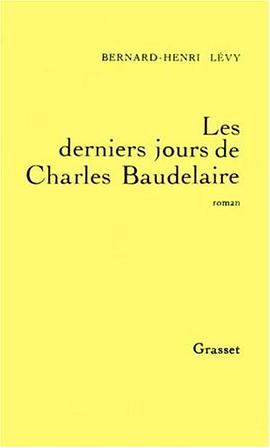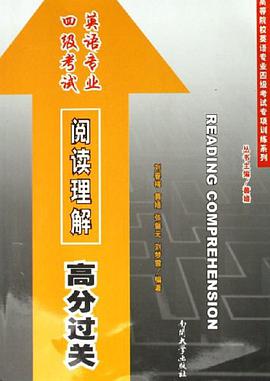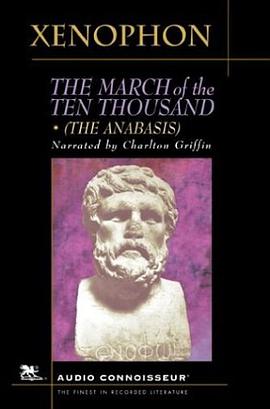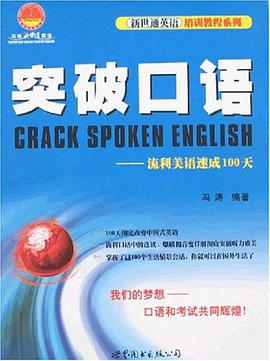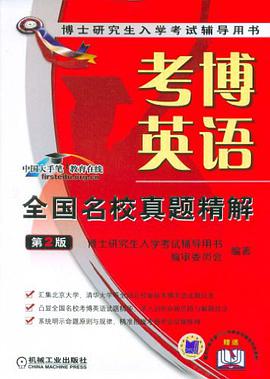

具体描述
作者简介
目录信息
A General Introduction to English WritingI. Writing in Our World / III. Types of Writing / 2 1. Narration / 2 2. Description / 5 3. Exposition / 7III. Writing Well / 15 1. Writing for Your Readers / 15 2. Good Writing / 15From Sentence to ParagraphI. Sentence Structure / 30 1. Elements of a Sentence / 31 2. Kinds of Sentences / 33 3. Clause Connectors / 35 4. Coordination and Subordination / 38 5. Parallelism / 45II. Paragraph Structure /51 1. The Basic Paragraph / 52 2. Four Elements of the Paragraph / 52 3. Mechanics in Writing a Paragraph / 54III. Basic Paragraph-Building Skills / 56 1. Taking Four Pre-Writing Steps / 56 2. Making Our Topic Sentence a Helpful Guide / 61 3. Loading Our Topic Sentence with a Strong Controlling Idea / 75 4. Writing a Helpful Outline in Advance / 80 5. Gaining Unity / 90 6. Gaining Coherence from Logical Order / 96 7. Gaining Coherence from Transitions / 102 8. Gaining Better Unity and Coherence from Punctuation / 111IV. Sentence Problems / 134 1. Sentence Fragments / 134 Fragments Without Verbs / 134 Fragments Without Subjects / 135 Fragments Without Subjects and/or Verbs / 135 Fragments of Dependent Clauses / 136 2. Choppy Sentences / 138 3. Run-Together Sentences / 138 4. Stringy Sentences / 140 5. Confusing Shifts / 141 Confusing Shifts in Person / 142 Confusing Shifts in Tense / 143 Confusing Shifts in Subject and Voice / 143 Confusing Shifts in Mood or Speech / 144 Confusing Shifts in Number / 145 Mixed Sentence Construction / 145 6. Incomplete Constructions / 147 Careless Omissions / 147 Incomplete Comparisons / 148 7. Amabiguous Pronoun Reference / 150 A Pronoun with Two or More Possible Antecedents / 150 A Pronoun Without Clearly Expressed Antecedent / 151 The Pronouns It, They, and You with Indefinite Antecedents / 151 The Pronouns Th/s, That and Which Referring to General Ideas / 152 A Pronoun Too Far Away from Its Antecedent / 152 8. Dangling Modifiers / 153 Dangling Participial Modifiers / 154 Dangling Gerunds in Prepositional Phrases / 154 Dangling Infinitive Modifiers / 155 Dangling Abbreviated Clauses / 155 9. Misplaced Modifiers / 157 Misplaced Prepositional Phrases / 157 Misplaced Adjective Clauses / 158 Misplaced Adverbial Modifiers / 158I0. Wordiness / 160 Needless Repetition / 160 Needless Expansion / 161 Awkward Cliches / 162 Overwritten Style / 162From Paragraph to ThemeI. Introduction / 165II. Three Kinds of Paragraphs / 166 1. The Introductory Paragraph / 167 2. The Body Paragraph / 173 3. The Concluding Paragraph / 177III. Basic Theme-Building Skills / 179 1. Getting the Theme Well-Unified with an Effective Thesis Statement / 180 2. Getting the Theme Coherent with Transitions Between Paragraphs / 185 3. Developing the Theme Under the Guidance of a Well-Organized Outline / 189 Process Theme in Time Order / 194 Descriptive Theme in Order of Importance / 199 Theme of Classification in Order of Importance / 202 Theme of Comparison and Contrast in Order of Importance / 203 Theme of Cause and Effect in Order of Importance / 204 Theme of Exemplification in Time Order, or Order of Importance / 208IV. Sample Themes Observed / 210Smnmarv and Book ReportI. Summary Writing / 223II. Book Report Writing /231Correction Symbols /235Partial Answers to Exercises /236Bibliography / 243
· · · · · · (收起)
· · · · · · (收起)
读后感
评分
评分
评分
评分
评分
用户评价
评分
评分
评分
评分
评分
相关图书
本站所有内容均为互联网搜索引擎提供的公开搜索信息,本站不存储任何数据与内容,任何内容与数据均与本站无关,如有需要请联系相关搜索引擎包括但不限于百度,google,bing,sogou 等
© 2025 book.quotespace.org All Rights Reserved. 小美书屋 版权所有

